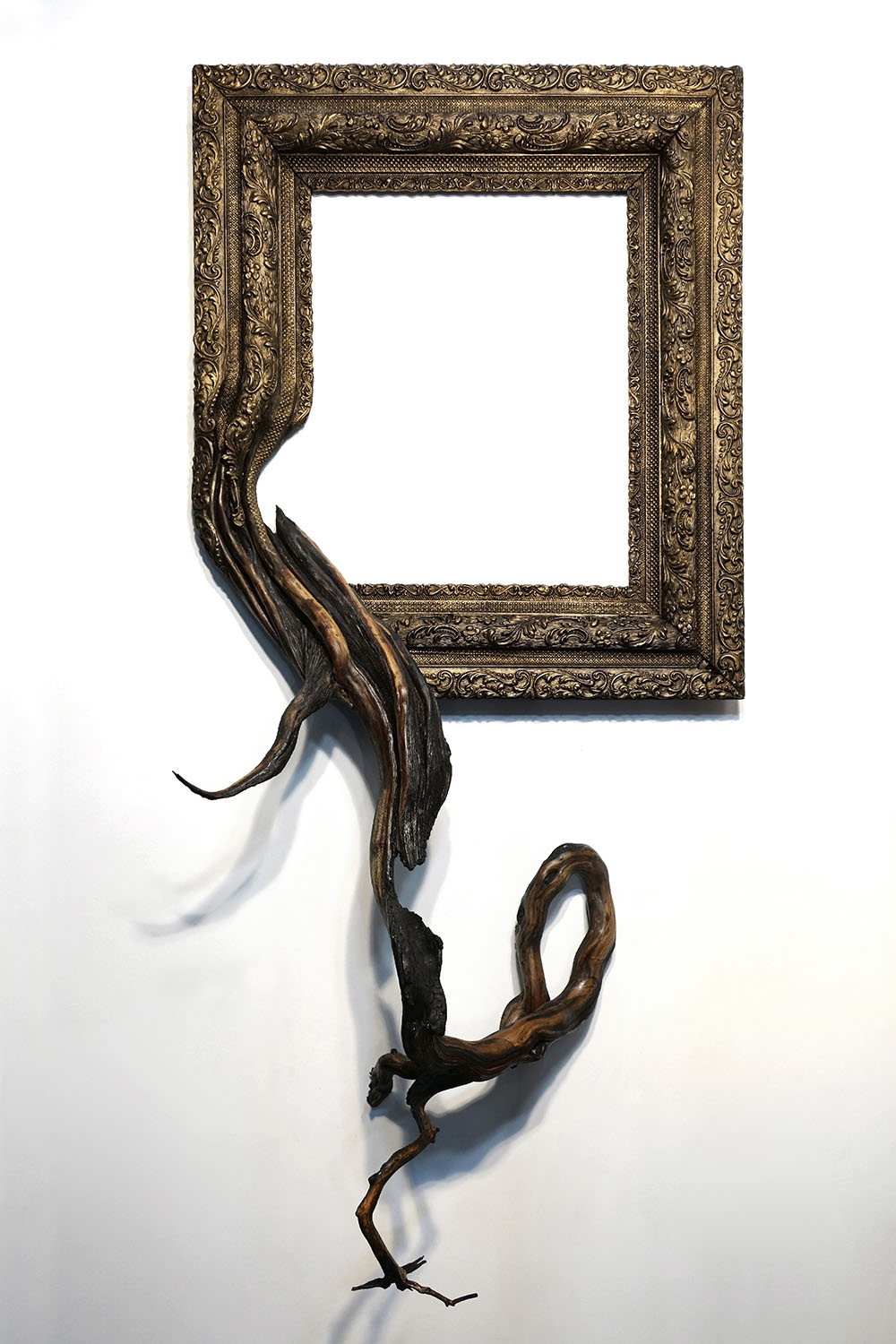I really like and enjoy the incense Marcus makes and so generously gifts me with, and burning methods have come up. Most of the time, I just light a stick up and lay it in an ashtray. There are times when I want to burn frankincense or myrrh, and those call for the monkish method. Charcoal tablets are available in handy little rolls from any monastery supply. Using tongs, light up your tablet – I use the stovetop, just holding one edge to the flame. These burn easily and well, so you don’t need to torch them to death. Care is required here so you don’t burn your house down. Place the tablet in or on a fireproof surface. Think of it as a little stove, you need zero clearance. You don’t need anything special, rocks work great. Care is also needed when placing your incense of choice on the tablet. These produce a great deal of smoke, so be stingy with the amount you place on the tablet at one time. As you can see, smoke starts billowing right away. If the smoke decreases, gently blowing on the tablet will start it going again. The monkish method works great with Marcus’s incense, too!
© C. Ford.


























